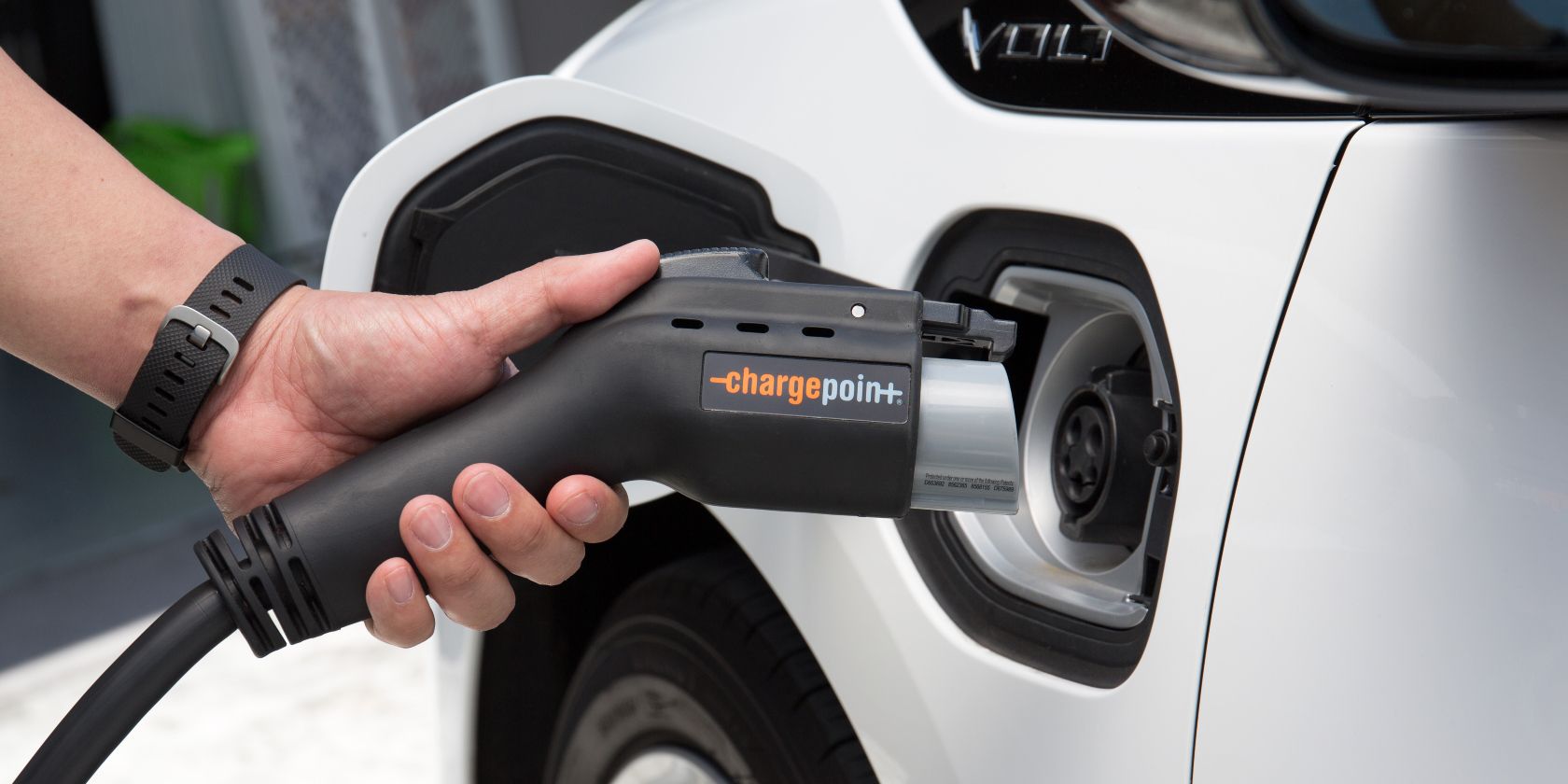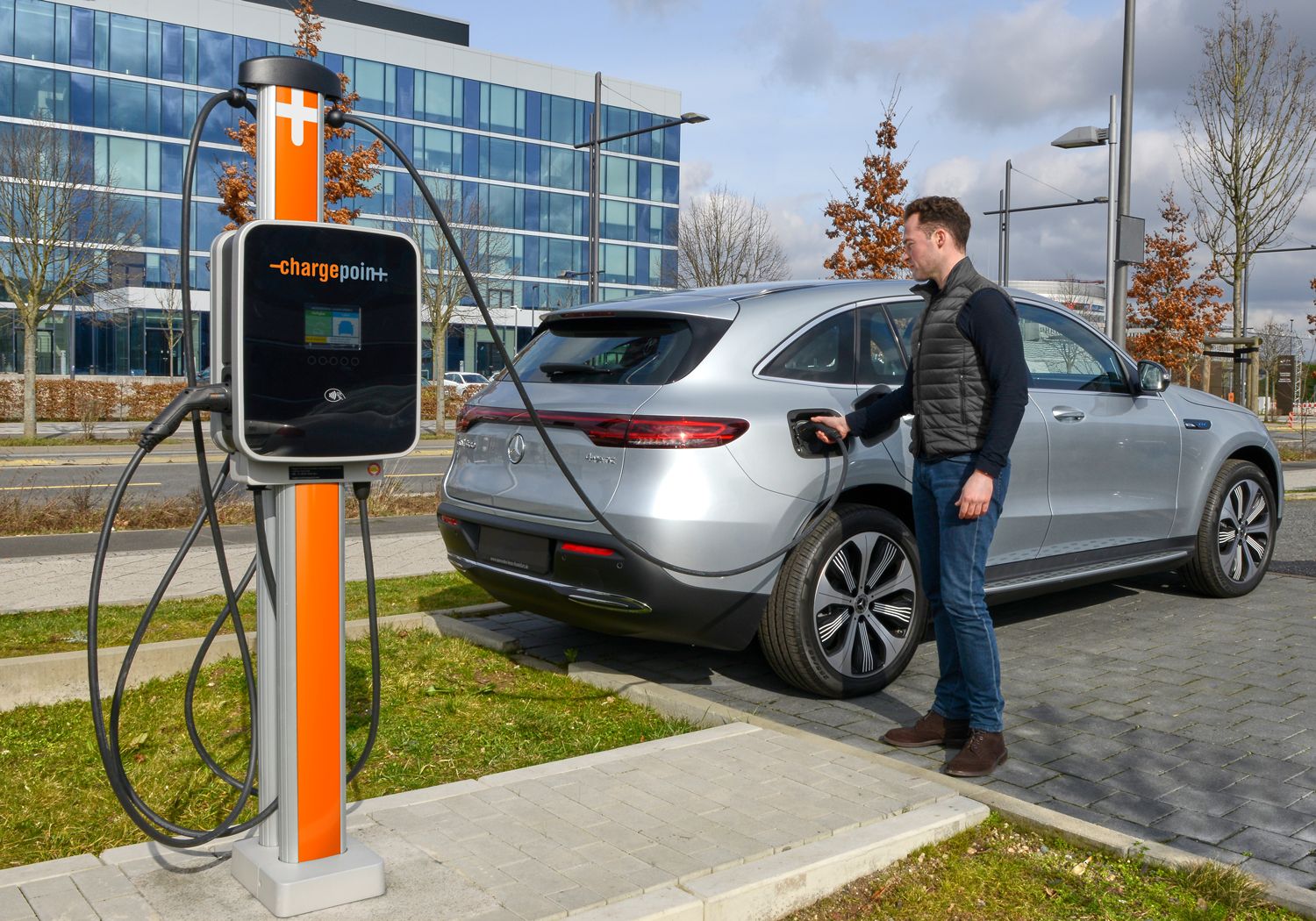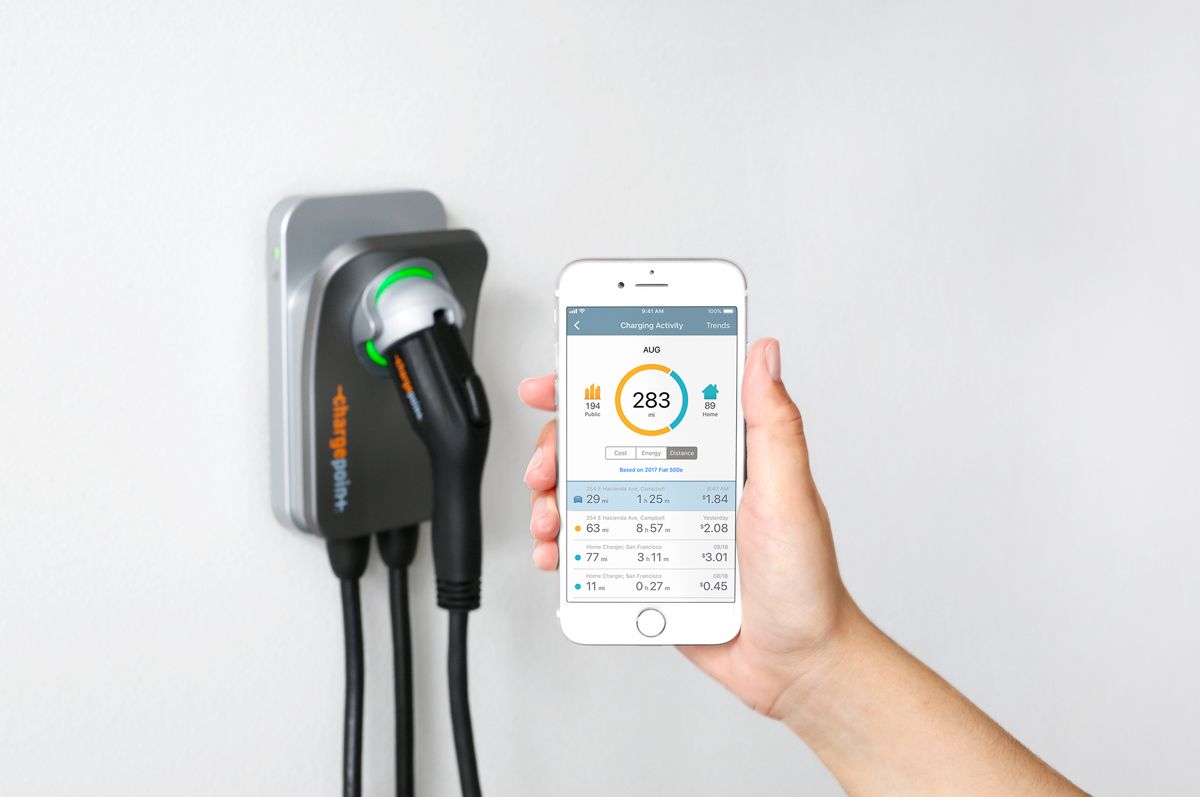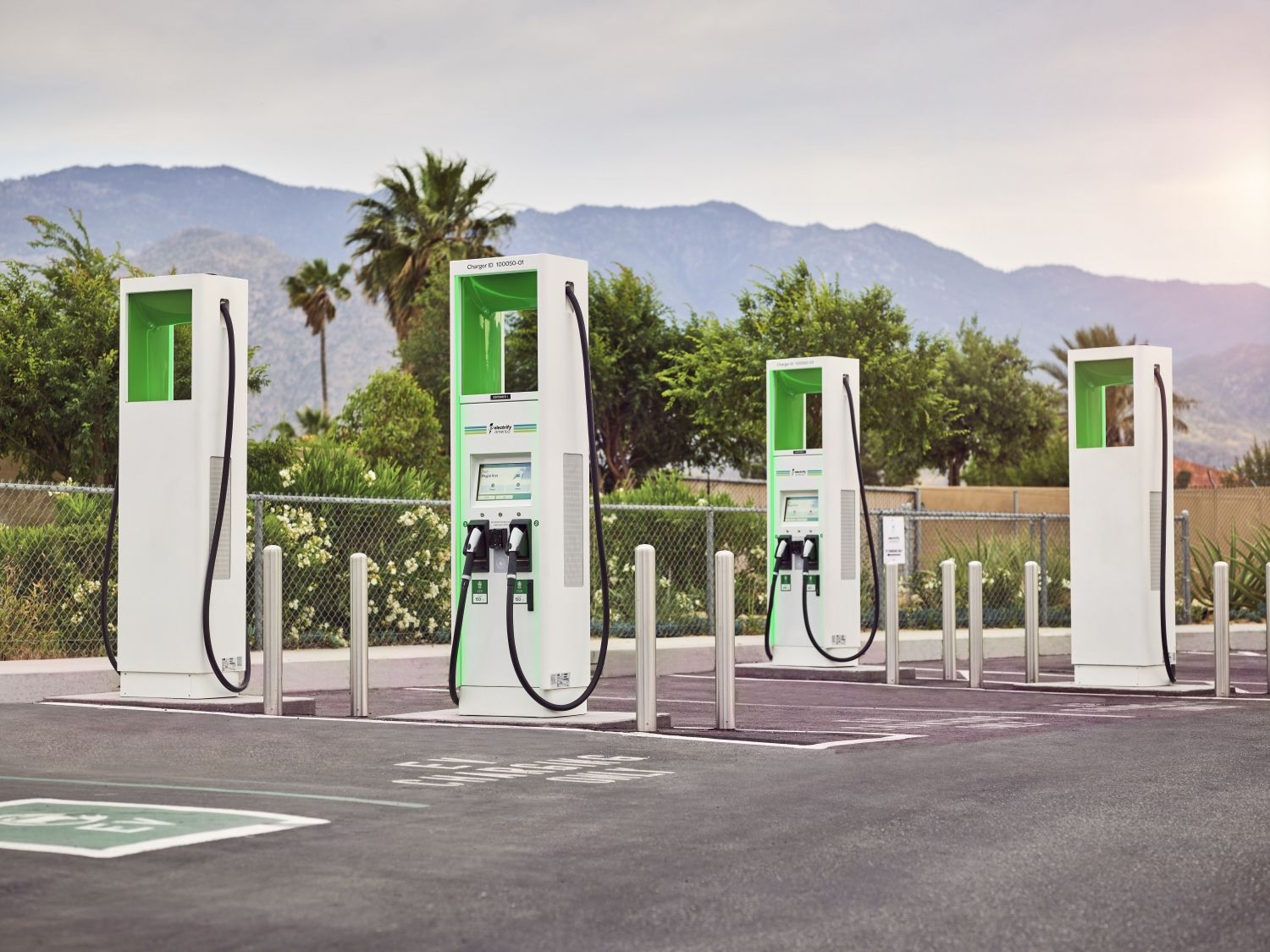Charging your electric vehicle is just as important as the EV itself. Charging networks are incredibly important, whether they're on your daily commute or you're planning a cross-country road trip. The largest EV charging network in the U.S is ChargePoint, helping to reduce new electric vehicle owners' range anxiety across the country.
Here's everything you need to know about America's largest EV charging network.
What Is ChargePoint?
ChargePoint is the largest electric vehicle charging network in the United States, with over 30,000 charging stations. However, ChargePoint has a different business model than other networks, opting to install chargers at various locations, such as retailers, businesses, apartment buildings, and other public locations, allowing EV owners to charge at whatever rate they would like.
This sounds like a downside, but it results in many ChargePoint chargers being free, while others charge a fair rate per kWh or per minute.
ChargePoint also sells its own level 2 Home Flex charger for homeowners who want to charge their EV overnight. The company states on its website that it has delivered over 105 million chargers worldwide, which includes all different levels of chargers for businesses, apartment buildings, and homes.
How Fast Are the Chargers?
ChargePoint has chargers that range from a measly 3.3-6.6kW, good for adding 10 to 20 miles of range per hour, to DC fast chargers that output around 62kW that can add 180 miles every hour to your EV. This appears to be the biggest downside to ChargePoint being the largest EV charging network in the United States.
There are two main situations when electric vehicle owners are on the road and need to stop to charge, which determines how good ChargePoint is as a charging network.
- They're on a road trip or simply out and about on their way to an important destination and are low on charge, thus they would like to charge their EV as quickly as possible.
- They have enough charge for their daily outing, but there happens to be a slow but free ChargePoint charger at the grocery store they stopped at, so they decide to use it.
ChargePoint has become the largest EV charging network in the U.S because companies and apartment buildings love having them available. If a grocery store shows as having an EV charger on the map, that EV owner is now a customer. The same goes for apartment complexes that offer electric vehicle chargers; those EV owners are more likely to lease with them than another complex that does not have chargers.
A quick look at Smart Charge America, an EV charging retailer in the U.S, shows us one reason why the number of fast chargers is limited. A 7.2kW charger from ChargePoint retails for just over $5,000, whereas its DC fast charger, outputting around 62.5kW, retails for over $44,000. Although businesses who order multiple chargers directly from ChargePoint get a bulk discount, you can see why plenty of the public EV chargers available are incredibly slow.
Although there's not a specific number ChargePoint has released stating the amount of DC fast chargers vs. slower chargers, a quick look at the map in its mobile app shows how spread out fast chargers are versus the more widely available slower chargers.
How to Use the ChargePoint App
ChargePoint has an easy-to-use app for iOS and Android that gives you many features to find the most convenient charger. The app allows you to filter charger availability, chargers that are free to use, which type of connector port your EV uses, and more. All of these are great to have to make sure you visit a charger that works for your EV every time.
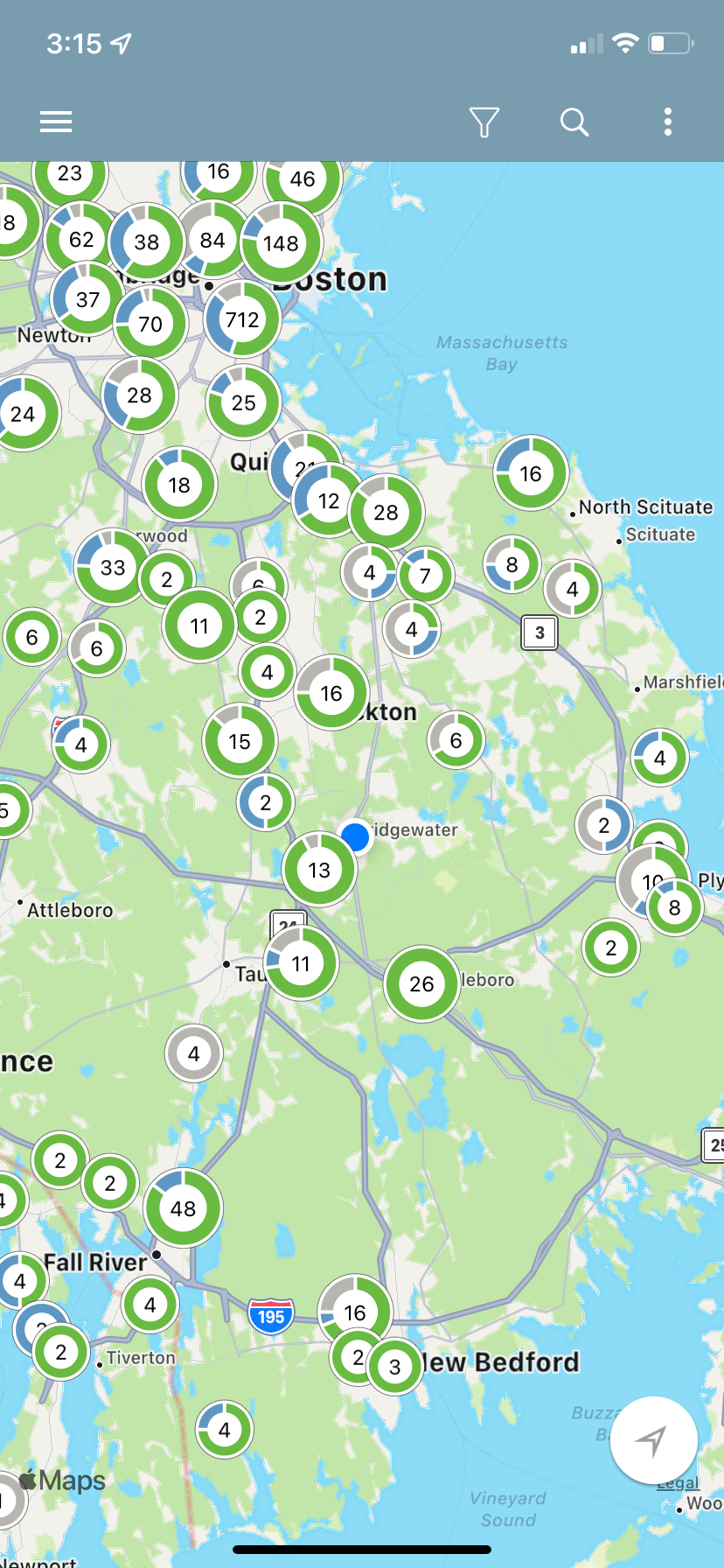
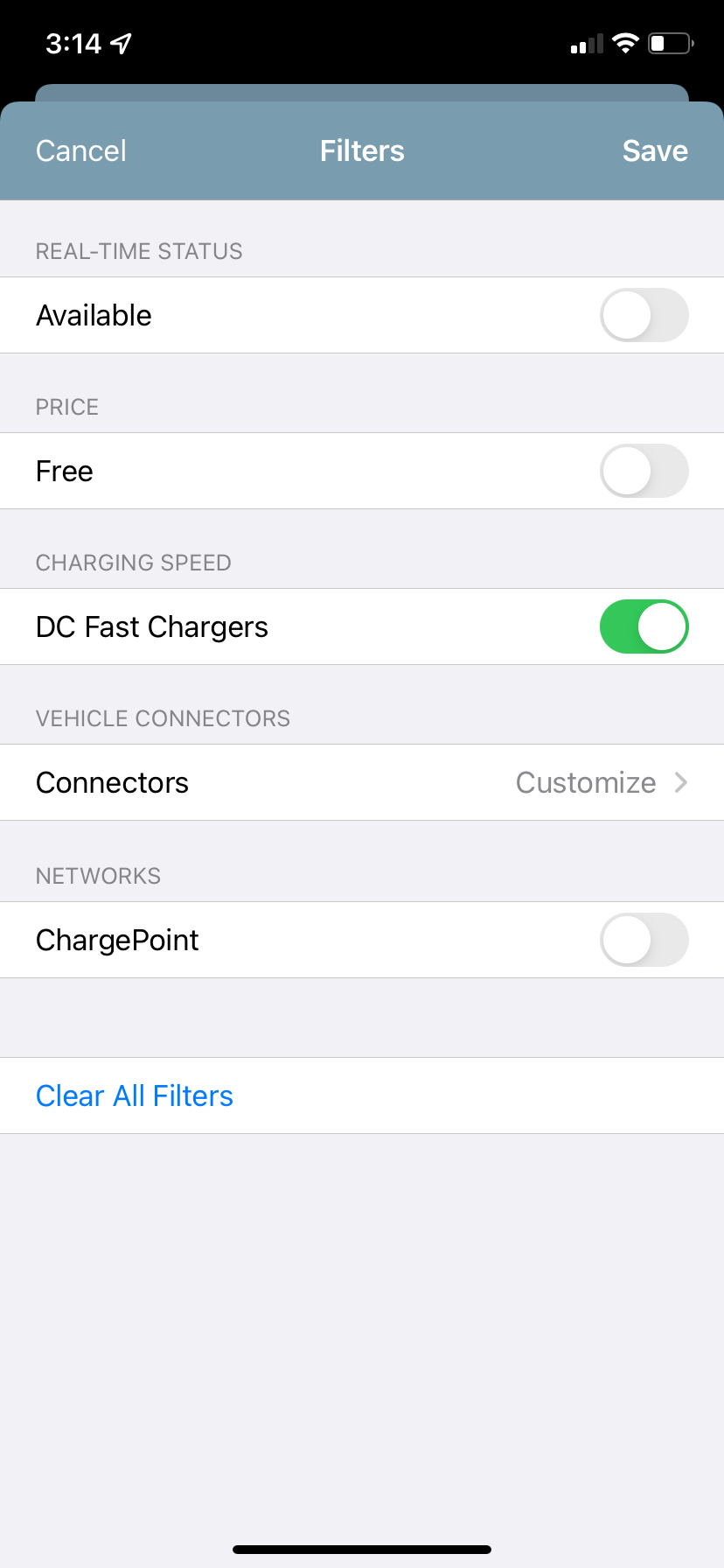
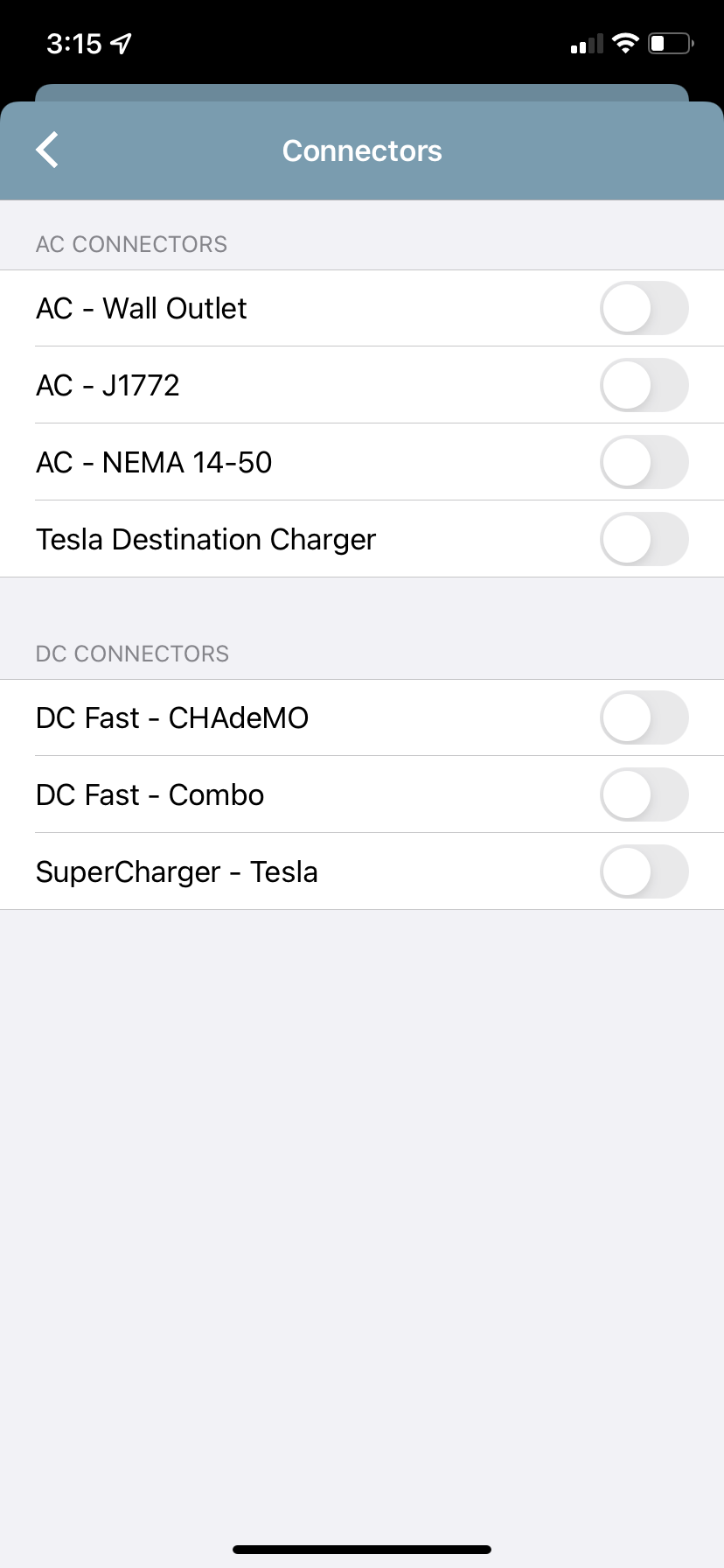
Once you find a charger you enjoy using on your commute, the app allows you to save them to your My Spots list. ChargePoint's app may not look too aesthetically pleasing, but it's fairly user-friendly and works well. It even lists the most recent cars that charged at a certain location, which is fascinating to see what electric vehicles the surrounding locals are driving.
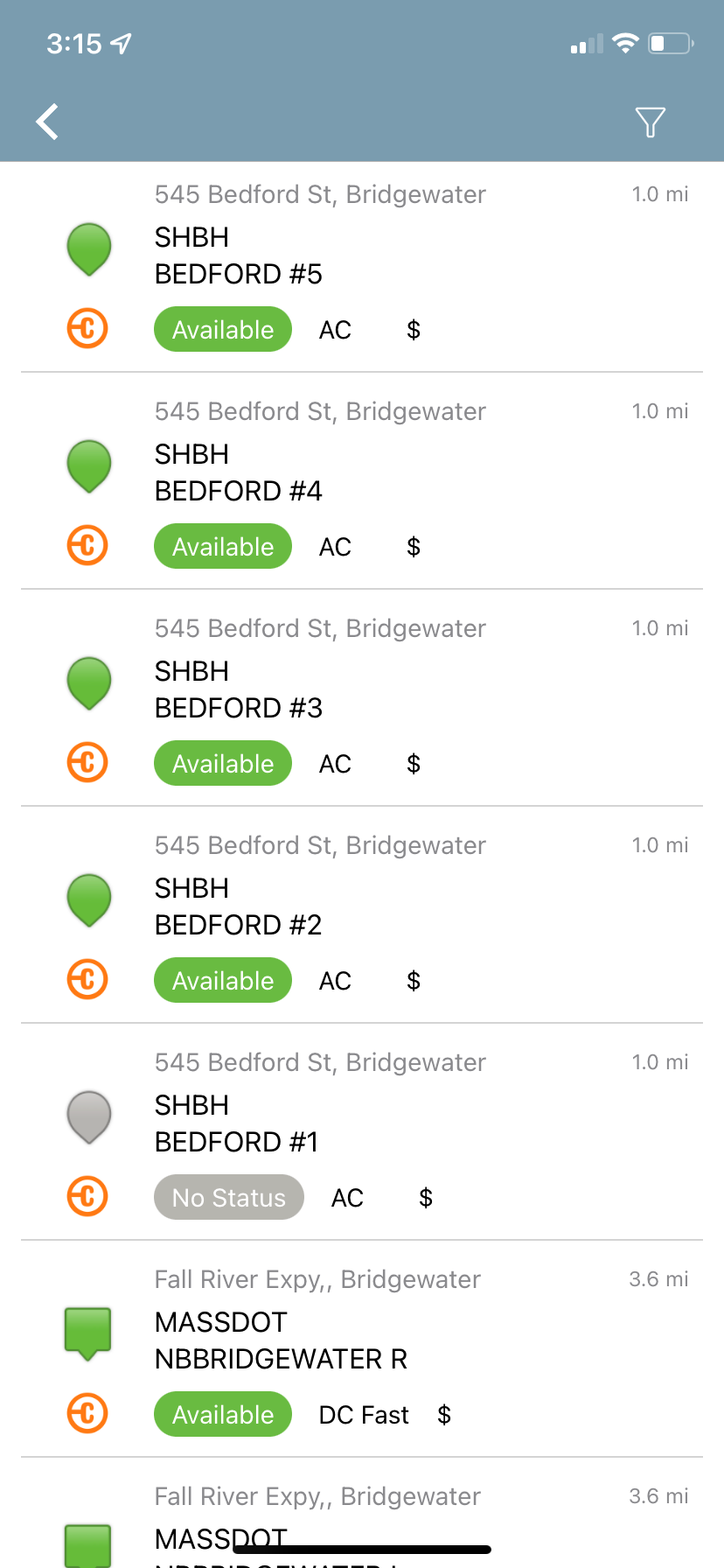
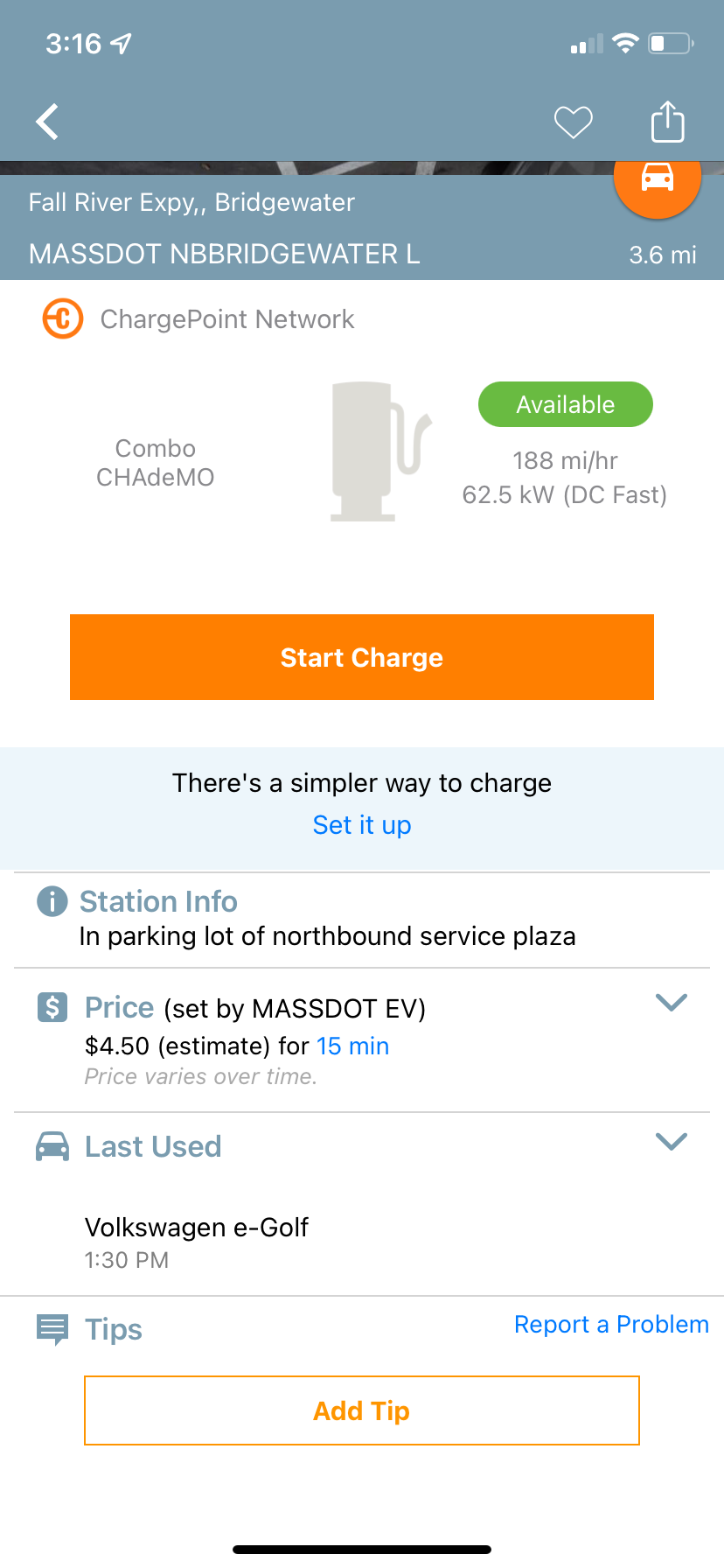

If you own a ChargePoint Home Flex, the app allows you to see how much money and electricity is being used each time you charge, limit the number of amps the charger outputs, and schedule charging when energy is cheapest. The ChargePoint Home Flex can also connect to your smart home accessories to remind you to plug in your vehicle.
How Does It Compare to Other EV Charging Networks?
Thanks to ChargePoint's business model, it has become the largest charging network in the U.S; but that does not mean it's the best for everyone.
Take Electrify America, for example. It's a Volkswagen-owned company aiming to install as many DC fast chargers as possible in the United States. Electrify America's goal is to have 1,700 fast-charging stations (a total of around 10,000 individual chargers) built in the United States by 2025.
At the time of writing, Electrify America has 670 charging stations (around 2,900 individual CCS fast chargers) available in the U.S. Although that number is far from its goal, it knows that the most convenient chargers for electric vehicle owners while on the road are compatible fast chargers. These chargers are mainly 150kW, which Electrify America states are good for adding "about 7.5 miles of battery range per minute for capable vehicles."
Tesla also has its Supercharger network, providing 30,000 global Superchargers and around 1,200 Supercharger stations in the U.S alone. All of its Superchargers can output around 250kW, which Tesla summarizes can add 200 miles in 15 minutes to your Tesla.
Both Tesla and Electrify America understand the needs of their customers. EV owners want to charge their cars as quickly as possible when on the road in whatever circumstance. ChargePoint's goal is to simply provide as many EV chargers as possible to the world. It's reaching this goal; however, it fails in terms of convenience compared to other networks that are continually growing their fast charger availability.
ChargePoint Knows Its Place and Is Doing Its Job Well
ChargePoint has found what it's good at: installing as many electric vehicle chargers as possible throughout the U.S. Although it's lacking in terms of the availability of fast chargers compared to other networks, it's adding as many chargers as possible in every area of the U.S.
ChargePoint seems to care a lot about curing EV owners' range anxiety. Its website is full of helpful tutorials on how to charge your vehicle, busts EV charging myths, and even provides ways to get ChargePoint chargers installed at your apartment or condominium complex. This is a sign of a great company that knows its priorities, the highest of which is helping its users charge their EVs wherever they're at.

